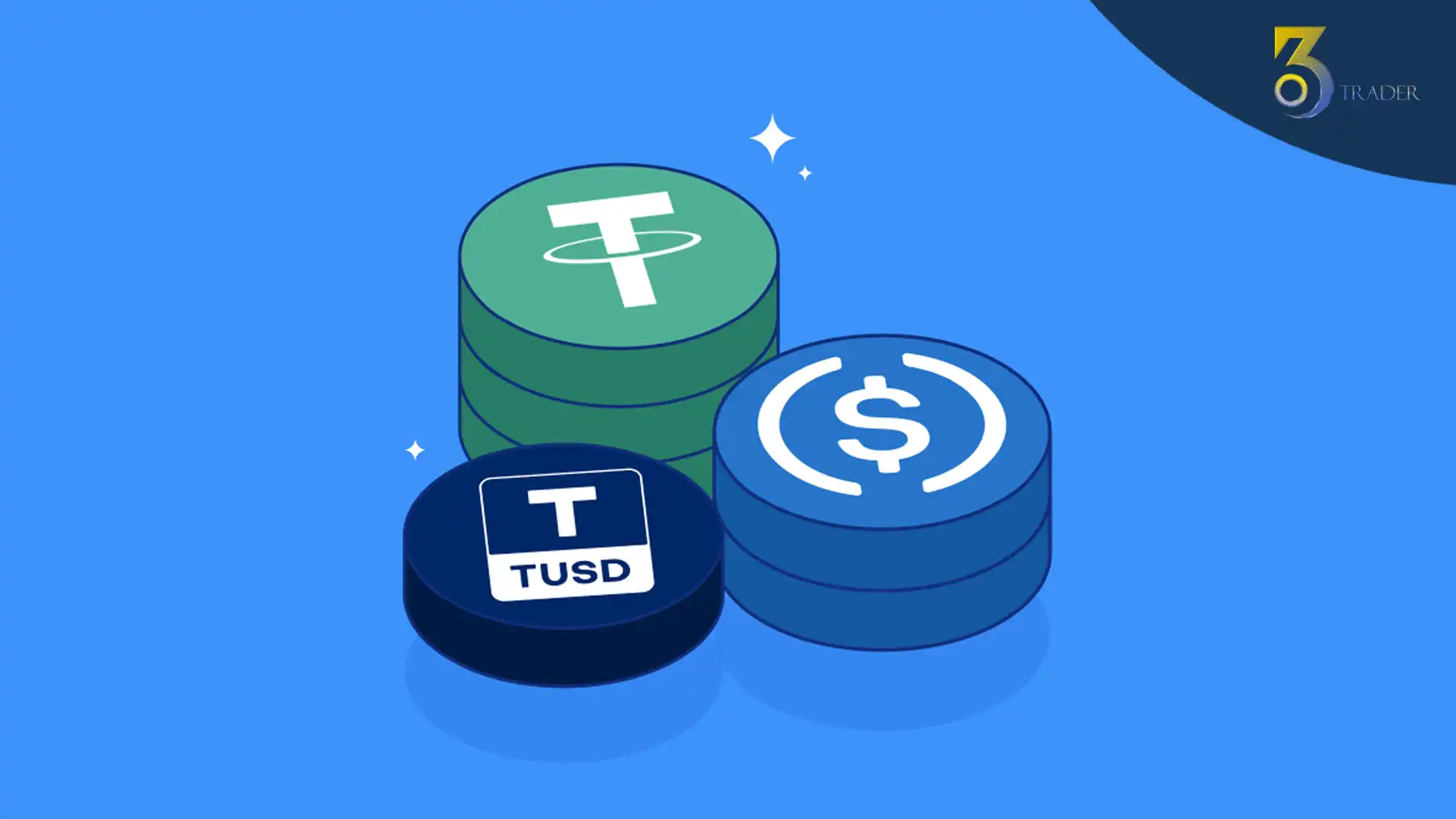In the ever-evolving landscape of cryptocurrencies, stablecoins have emerged as a crucial component, bridging the gap between the volatile world of digital assets and the stability of traditional fiat currencies. Stablecoins are designed to maintain a stable value, typically pegged to a reserve of assets like the US dollar, euro, or even commodities like gold. This article explores the role of stablecoins in the cryptocurrency market, their benefits, types, and the impact they are having on the broader financial ecosystem.
1. Understanding Stablecoins
Stablecoins are a class of cryptocurrencies that aim to reduce the price volatility commonly associated with digital assets like Bitcoin and Ethereum. By pegging their value to a stable asset, stablecoins provide users with the benefits of cryptocurrency—such as decentralization, transparency, and low transaction costs—without the extreme price fluctuations.
There are three main types of stablecoins:
- Algorithmic Stablecoins: Unlike the first two types, algorithmic stablecoins are not backed by any physical or digital asset. Instead, they rely on algorithms and smart contracts to manage the supply of the stablecoin, increasing or decreasing it to maintain a stable value. An example is TerraUSD (UST), which uses a dual-token system to achieve stability.
- Fiat-Collateralized Stablecoins: These are backed by a reserve of fiat currency, such as the US dollar, held in a bank account. For example, each unit of Tether (USDT) or USD Coin (USDC) is typically backed by one US dollar. These stablecoins are the most straightforward and widely used.
- Crypto-Collateralized Stablecoins: These stablecoins are backed by a reserve of other cryptocurrencies rather than fiat currency. For instance, DAI, a popular stablecoin, is collateralized by a diversified portfolio of cryptocurrencies. To account for the volatility of the underlying assets, these stablecoins are often over-collateralized.
2. The Role of Stablecoins in the Cryptocurrency Market
Stablecoins play a multifaceted role in the cryptocurrency market, offering a range of benefits to users, traders, and institutions alike. Some of the key roles include:
- Facilitating Access to Digital Assets: Stablecoins provide an accessible entry point for individuals new to the cryptocurrency market. They allow users to participate in the digital economy without having to deal with the complexities and risks associated with more volatile assets. This ease of use has contributed to the growing adoption of cryptocurrencies among retail users and businesses alike.
- Providing Stability in Volatile Markets: One of the primary functions of stablecoins is to offer a safe harbor for traders and investors during periods of high market volatility. When the prices of cryptocurrencies like Bitcoin or Ethereum fluctuate wildly, traders can quickly move their assets into stablecoins to preserve value without having to convert back into fiat currencies, which can be time-consuming and costly.
- Facilitating Seamless Trading and Arbitrage: Stablecoins are widely used on cryptocurrency exchanges as a trading pair with other digital assets. This makes it easier to trade between cryptocurrencies without the need for frequent conversions to fiat currency. Additionally, stablecoins enable arbitrage opportunities, allowing traders to capitalize on price differences across exchanges without the risk of volatility during the transaction.
- Enabling Decentralized Finance (DeFi) Applications: Stablecoins are a cornerstone of the burgeoning DeFi ecosystem. They are used as collateral in lending platforms, as a medium of exchange in decentralized exchanges (DEXs), and for yield farming, staking, and other DeFi activities. The stability of stablecoins is crucial for the functioning of DeFi protocols, as it reduces the risk associated with volatile assets.
- Supporting Cross-Border Transactions: Stablecoins offer a fast, low-cost alternative for cross-border payments and remittances. Unlike traditional banking systems, which can be slow and expensive, stablecoins allow users to send money across borders almost instantly and at a fraction of the cost. This is particularly valuable in regions with limited access to banking services or where the local currency is unstable.
- Bridging Traditional Finance and Cryptocurrencies: Stablecoins serve as a bridge between traditional finance and the cryptocurrency world. They are increasingly being used by financial institutions, businesses, and even governments to explore and integrate blockchain technology without exposing themselves to the volatility of other cryptocurrencies. For example, some companies use stablecoins for payroll, invoicing, and settlement purposes, benefiting from the efficiency of blockchain while maintaining price stability.
3. Challenges and Risks Associated with Stablecoins
While stablecoins offer numerous advantages, they also come with their own set of challenges and risks:
- Technological and Operational Risks: Like all blockchain-based assets, stablecoins are subject to technological risks, such as smart contract vulnerabilities, hacking, and operational failures. These risks can result in the loss of funds or the destabilization of the stablecoin, as seen in some high-profile cases of DeFi exploits.
- Regulatory Scrutiny: As stablecoins have grown in popularity, they have attracted increasing attention from regulators around the world. Concerns have been raised about their potential impact on monetary policy, financial stability, and the risks of money laundering and terrorist financing. Governments are exploring ways to regulate stablecoins, which could impact their development and usage.
- Centralization Concerns: Fiat-collateralized stablecoins, in particular, are often criticized for being centralized, as they rely on a central entity to manage the reserves and ensure the stability of the currency. This centralization can be seen as contradictory to the decentralized ethos of cryptocurrencies and introduces risks such as mismanagement or fraud.
- Collateralization and Transparency Issues: The stability of collateralized stablecoins depends on the adequacy and transparency of the underlying reserves. If the collateral is insufficient or not properly managed, the stablecoin could lose its peg, leading to a loss of value. This risk is particularly pronounced for algorithmic stablecoins, which rely on complex mechanisms to maintain stability.
4. The Future of Stablecoins in the Cryptocurrency Market
The future of stablecoins looks promising, as they continue to play an increasingly important role in the cryptocurrency market and beyond. Several trends are likely to shape the development and adoption of stablecoins in the coming years:
- Innovation in DeFi and Beyond: As the DeFi ecosystem continues to grow, stablecoins will remain a key component, facilitating the development of new financial products and services. Additionally, we may see stablecoins being used in other industries, such as supply chain management, gaming, and real estate, further expanding their utility.
- Increased Institutional Adoption: As more financial institutions and corporations recognize the benefits of stablecoins, we can expect to see increased adoption in traditional finance. Stablecoins could be used for a variety of purposes, including settlement, remittances, and even as a reserve currency for central banks.
- Regulatory Developments: Regulatory clarity will be crucial for the continued growth of stablecoins. As governments develop frameworks to oversee stablecoins, we may see the emergence of regulated stablecoins that offer greater security and compliance with existing financial laws. This could help legitimize stablecoins and encourage broader adoption.
- Integration with Central Bank Digital Currencies (CBDCs): Central banks around the world are exploring the development of CBDCs, which are digital versions of their national currencies. Stablecoins could play a complementary role in this ecosystem, serving as a bridge between CBDCs and other cryptocurrencies or enabling cross-border transactions between different CBDCs.
Conclusion
Stablecoins have become an integral part of the cryptocurrency market, offering a stable, reliable alternative to volatile digital assets. They provide a wide range of benefits, from facilitating trading and DeFi applications to enabling cross-border payments and bridging the gap between traditional finance and the crypto world. As the market for stablecoins continues to grow, they are likely to play an increasingly important role in the global financial system, driving innovation and expanding the possibilities of blockchain technology. However, to realize their full potential, challenges related to regulation, centralization, and collateralization must be addressed. The future of stablecoins will depend on how these issues are navigated, but one thing is clear: stablecoins are here to stay.




